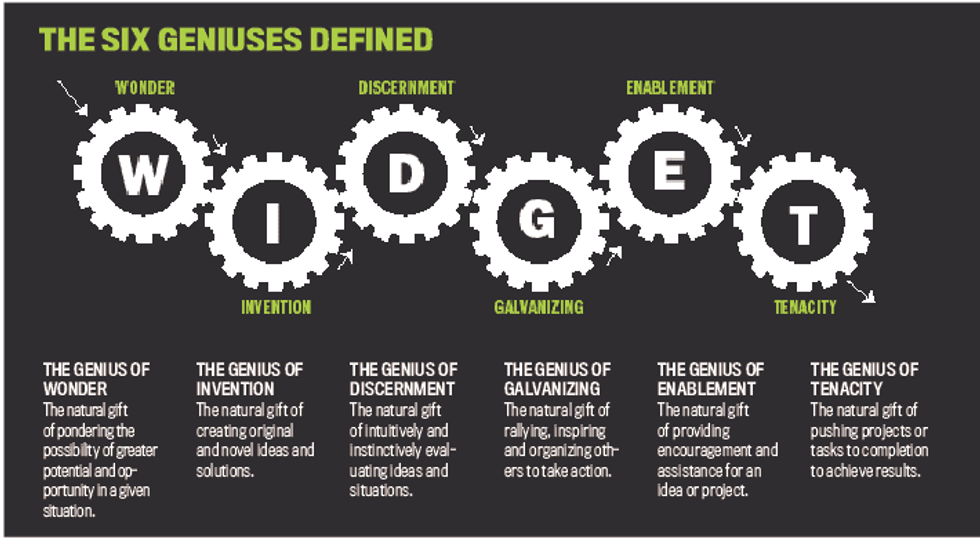
I was excited to catch up for some coffee with a CEO friend of mine at their request. We had met a month or so ago when they were really “stuck” at taking steps to prepare for the future while also preserving the company during the current uncertainty.
We talked about the importance of strategy, an action plan, resources, skills, and incentives to accomplish what she wanted to do. She actually seemed lifted up out of a fog when we finished. In fact, as we departed our last meeting, she said, “Thanks for hearing me out and helping me clarify what steps to take, and how to make choices with ROI in mind. I cannot wait to meet with my leadership team in a couple of days to discuss. They will be thrilled that we are finally taking action.” It was almost like she knew she was holding them back.
As we sat down with our coffee she immediately jumped in with how she had wanted to meet with her team and start to figure out their strategy and so on but can you believe this banking situation? How she and the team had been discussing it and the same with her key clients and so on. She went on to explain how she had been consumed by and before she went much further, I SMILED. Her face turned red and she said, “What is so funny?"
"I thought you banked with J.P. Morgan Chase bank?"
She said, "Yeah, I do. We switched to them a couple of years ago so we are in great banking shape and they are going to be fine, and wow, thank god I do because can you imagine…"
I put my hand up.
I asked her, "What is holding you back from attacking the game plan we discussed a month ago?"
As she dropped her head, she said, “I know, I know. I just have never had to do it before and wonder if I am up to the task or not.”
Look... Intention isn’t good enough as a CEO and/or business owner. Action trumps it.
I also realized that as an executive coach and facilitator, maybe I was playing a role in this and because she is a friend, I had a blind spot so I stepped back myself and thought further about how to help her move forward in a more confident way.
Here are my thoughts that I shared with her and will share with any/all CEOs of SMBs that are wondering what is the best way to proceed.
First and foremost, just because you are the CEO doesn’t mean you have to be in the driver's seat behind the steering wheel for everything. It is worth considering having a professional facilitator who knows your space or works with companies of your size and scale.
I would be asking myself the following questions to decide how to proceed:
- Do I lead it or have it facilitated or are there other CEOs I could connect with in my market?
- How will I measure ROI?
Facilitator Considerations

Bigstock
Facilitators bring an outside perspective: A facilitator can offer a fresh perspective on your organization and its priorities. They are not bound by the same biases or assumptions as your team and can help you identify blind spots or areas for improvement.
Facilitators can help manage group dynamics: When a group is trying to prioritize initiatives, there can be a lot of competing opinions and emotions. A skilled facilitator can help manage these dynamics, ensuring that everyone's voice is heard and that the discussion stays on track.
Facilitators can bring structure to the process: Prioritization discussions can quickly become overwhelming and unproductive if there is no clear structure in place. A facilitator can help design and facilitate a process that is efficient, effective, and aligned with your organization's goals.
Facilitators can help drive consensus: It's important that your leadership team is aligned around your organization's priorities. A facilitator can help drive consensus and ensure that everyone is on the same page.
Of course, bringing in a facilitator comes with a cost, and may not be necessary for every organization. However, if you feel that your leadership team could benefit from an outside perspective, or if you're struggling to make progress on prioritization discussions, it may be worth considering.
Peer Advisory Groups - There are several of them in every market place so exploring the right fit for you takes some time but is well worth it. I wish that when I was a CEO someone gave me that advice! When you join a CEO peer advisory group you will be working with a group of people who are demonstrably committed to learning—people who dedicate significant time, effort, and money to being regularly challenged by their peers, speakers, and chairs—all in the service of becoming better leaders and better people. It doesn’t get much better than that. It is the only safe, confidential space for business owners and CEOs to validate their decisions, recognize gaps in their thinking, or gain new exciting ideas they didn’t think of on their own.
Measuring ROI

Photo from Chief Executive
When a CEO is deciding to prioritize certain projects over others, it is important to measure the return on investment (ROI) of each project to ensure that the projects being pursued will have a positive impact on the organization. In my experience, I would ensure my finance lead or CFO (depending on org size) had this responsibility. The two of us would talk it over and they would help me decide how best to measure the ROI. Below are some things to consider.
Define the goal: The CEO should define the desired outcome of each project, such as increased revenue or improved efficiency.
Estimate costs: The CEO should estimate the costs associated with each project, including both direct and indirect costs, such as labor, materials, and equipment.
Forecast benefits: The CEO should forecast the potential benefits of each project, such as increased revenue, improved customer satisfaction, or reduced costs.
Calculate ROI: The CEO should calculate the ROI of each project by dividing the projected benefits by the estimated costs. This will provide a percentage that indicates the potential return on investment.
Prioritize projects: The CEO should prioritize the projects with the highest ROI to ensure that resources are allocated to projects that are most likely to generate a positive return.
Monitor progress: The CEO should monitor the progress of each project and adjust priorities as needed based on actual results.
When you are ready (note the prep work below), I would bring your team together and ask them the three most powerful words outside of I LOVE YOU…
I need help.
Set clear goals and expectations: Before you can prioritize tasks, you need to have a clear understanding of what your goals are. Take some time to articulate what you want your team to achieve and communicate those goals clearly to your team.
Define what is important: Know the big from the small and you will have to learn to be aggressively patient. (Move fast on some things, slow on others.) Once you have your goals, it's important to determine what tasks or projects are critical to achieving them. Make a list of these items and share them with your team.
Collaborate with your team: It's important to involve your team in the prioritization process. Hold a meeting or brainstorming session where everyone can contribute ideas on what should be prioritized. Encourage open and honest communication to ensure that all perspectives are heard.
Assign ownership: Once you've prioritized your tasks, assign ownership to specific team members. This will help ensure that everyone knows what they're responsible for and that the work is distributed evenly. This is one of the most important steps in all of this because it establishes buy-in.
As a side note, I would also suggest looking at Patrick Lencioni’s new Working Genius tool (see image above) because it does an amazing job helping you and your leadership team identify your gifts as individuals and as a team. You will quickly see where maybe certain team members' gifts are not being leveraged. Great story in Chief Executive magazine.
When you have total alignment it requires preparation and planning but, done well, you deliver optimum results! Strategy (without you get confusion), set the action plan (false starts without), have the right resources (frustration without), make sure you have the skills/competencies (or you create anxiety, and finally have incentives aligned (you will get only gradual change).
- How Business Leaders Can Thrive Through Chaos ›
- 4 Core Values That Every Organization Should Have ›
- The #1 Habit Executives Need To Have Right Now To Lead In A Crisis ›
- 4 Reasons Why Your Company Should Be Giving ›
- The No. 1 Skill CEOs Lack In The New Purpose-Driven Economy - Work It Daily ›
- 6 Reasons You Aren’t Executive Material - Work It Daily ›

 Bigstock
Bigstock Bigstock
Bigstock Bigstock
Bigstock


